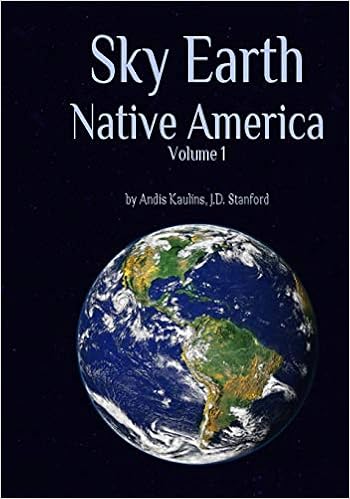The reservoir-flooded megalithic standing stones of Guadalperal reappeared in the drought of 2019 in the Tagus River Valdecañas Reservoir in Peraleda de la Mata, Cáceres, Extremadura, Spain.
We present here our decipherment of these megaliths, whose "stone circle" -- actually, more in the shape of a boat than a circle, as at Tanum, Sweden -- is clearly astronomical in nature.
We show through the images below that these stones represent the starry night of stars ca. 4200 B.C., based on our dating of the solstitial colure that we have located in the stones.
The underlying main photograph here of the Guadalperal megaliths -- essential for the decipherment -- is copyright of Rubén Ortega Martín, Raíces de Peralêda de la Mata https://raicesdeperaleda.com/. We use the photograph here as "fair use" for research purposes.
The underlying aerial photo, equally essential for decipherment
-- which we clipped to better fit the decipherment image --
is attributed to 1080 Wildlife Productions at
https://allthatsinteresting.com/dolmen-de-guadalperalnterpretation.
We use the photograph here as "fair use" for research purposes.
This is our decipherment image of the megalithic standing stones of Guadalperal
(click on the image for the larger original image which can then be properly read):
The decipherment is fairly self-explanatory, with the solstitial colure in ca. 4200 B.C. running from Leo to the North Celestial Pole, marked by the central megalith in the center of the boat-shaped "stone circle" at Guadalperal.
The remaining standing stones mark groups of stars, known modernly as constellations viz. asterisms of definite shape, a shape determined by bright stars, all known well in modernity, and here represented by a clip of a star map via Starry NightPro astronomy software
-- but perhaps seen somewhat differently in ancient days, though the bright stars are the same, so that the analysis still holds, even if the star groups were somewhat different then --
going clockwise from the left after Leo and Coma Berenices -- Virgo, Libra, Scorpio, Boötes, Hercules, Ophiuchus, Lyra, Aquila, Cepheus, Pegasus, Andromeda, Ursa Major, Ursa Minor, Draco, the North Celestial Pole, Cassiopeia, Perseus, Camelopardalis, Lynx, Auriga, Gemini, Orion, Cancer and Hydra. We may have missed a few groups of stars, but on the whole, the analysis stands.





